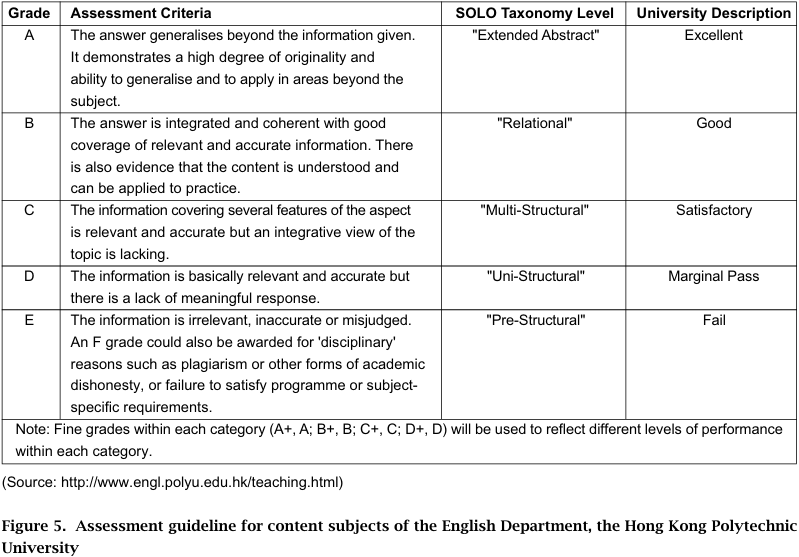

Grammar


Tenses


Present

Present Simple

Present Continuous

Present Perfect

Present Perfect Continuous


Past

Past Simple

Past Continuous

Past Perfect

Past Perfect Continuous


Future

Future Simple

Future Continuous

Future Perfect

Future Perfect Continuous


Parts Of Speech


Nouns

Countable and uncountable nouns

Verbal nouns

Singular and Plural nouns

Proper nouns

Nouns gender

Nouns definition

Concrete nouns

Abstract nouns

Common nouns

Collective nouns

Definition Of Nouns


Verbs

Stative and dynamic verbs

Finite and nonfinite verbs

To be verbs

Transitive and intransitive verbs

Auxiliary verbs

Modal verbs

Regular and irregular verbs

Action verbs


Adverbs

Relative adverbs

Interrogative adverbs

Adverbs of time

Adverbs of place

Adverbs of reason

Adverbs of quantity

Adverbs of manner

Adverbs of frequency

Adverbs of affirmation


Adjectives

Quantitative adjective

Proper adjective

Possessive adjective

Numeral adjective

Interrogative adjective

Distributive adjective

Descriptive adjective

Demonstrative adjective


Pronouns

Subject pronoun

Relative pronoun

Reflexive pronoun

Reciprocal pronoun

Possessive pronoun

Personal pronoun

Interrogative pronoun

Indefinite pronoun

Emphatic pronoun

Distributive pronoun

Demonstrative pronoun


Pre Position


Preposition by function

Time preposition

Reason preposition

Possession preposition

Place preposition

Phrases preposition

Origin preposition

Measure preposition

Direction preposition

Contrast preposition

Agent preposition


Preposition by construction

Simple preposition

Phrase preposition

Double preposition

Compound preposition


Conjunctions

Subordinating conjunction

Correlative conjunction

Coordinating conjunction

Conjunctive adverbs


Interjections

Express calling interjection


Grammar Rules

Passive and Active

Preference

Requests and offers

wishes

Be used to

Some and any

Could have done

Describing people

Giving advices

Possession

Comparative and superlative

Giving Reason

Making Suggestions

Apologizing

Forming questions

Since and for

Directions

Obligation

Adverbials

invitation

Articles

Imaginary condition

Zero conditional

First conditional

Second conditional

Third conditional

Reported speech


Linguistics

Phonetics

Phonology

Linguistics fields

Syntax

Morphology

Semantics

pragmatics

History

Writing

Grammar

Phonetics and Phonology

Semiotics


Reading Comprehension

Elementary

Intermediate

Advanced


Teaching Methods

Teaching Strategies

Assessment
Procedures for portfolio assessment
المؤلف:
Winnie Cheng & Martin Warren
المصدر:
Enhancing Teaching and Learning through Assessment
الجزء والصفحة:
P204-C18
2025-07-05
261
Procedures for portfolio assessment
Collaborative assessment involved the teacher, the students themselves and their peers. It was based on criteria clearly communicated and illustrated at the beginning of the course. Halfway through the course, students submitted the first part of the portfolio to the teacher for formative evaluation. At the same time when the students submitted their portfolios, they completed and included a Self-Assessment Form and a Peer Assessment Form for each of the group members.
Self and peer assessment, each contributing 15% towards the assignment grade, focused on the quality of the forum postings assessed by both the student and peers based on four criteria:
1. Frequency of participation in the discussion forum
➣ Feedback given on all draft examples
➣ Participation in all discussions
2. Timeliness of participation in the discussion forum
➣ Timely provision of feedback on all draft examples
➣ Timely participation in all discussions
3. Quality of feedback and suggestions
➣ Relevance to the requirements of the examples
➣ Specific and clear comments and suggestions
➣ Appropriate use of academic terminology
4. Extent of feedback and suggestions Covered most aspects of draft examples
➣ Made comments and suggestions beyond draft examples
➣ Encouraged further development of the discussion
Teacher assessment (70%) of the quality of the portfolio was based on five criteria:
1.Quality of analysis of examples (appropriacy of analysis and support with contextual reasons) (50%)
2. A critical review of discussion and incorporation of peer feedback (or rationale for not incorporating peer feedback) in these examples (20%)
3. Quality of feedback and suggestions (10%)
4. Extent of feedback and suggestions (10%)
5. Reflective text (200-250 words) about online learning and assessment (10%)
Only the students were involved in assessing themselves and their peers in terms of frequency and timeliness of participation in forum discussions, both criteria of which the teacher did not feel in a position to assess. The teacher and the students overlapped in only two assessment criteria that were related to the quality and the extent of student feedback.

The English Department has a general guideline that all content subjects are assessed using Biggs & Colins' (1982) Structure of the Observed Learning Outcomes (SOLO) taxonomy (Figure 5), which is a method to categorize students' responses to open-ended questions, and focuses on qualitative differences between students' responses. According to Biggs (2003, p.37), when students learn, they produce learning outcomes that display "similar stages of increasing structural complexity", and the SOLO taxonomy provides a systematical description of "how a learner's performance grows in complexity when mastering many academic tasks".
 الاكثر قراءة في Teaching Strategies
الاكثر قراءة في Teaching Strategies
 اخر الاخبار
اخر الاخبار
اخبار العتبة العباسية المقدسة

الآخبار الصحية















 "المهمة".. إصدار قصصي يوثّق القصص الفائزة في مسابقة فتوى الدفاع المقدسة للقصة القصيرة
"المهمة".. إصدار قصصي يوثّق القصص الفائزة في مسابقة فتوى الدفاع المقدسة للقصة القصيرة (نوافذ).. إصدار أدبي يوثق القصص الفائزة في مسابقة الإمام العسكري (عليه السلام)
(نوافذ).. إصدار أدبي يوثق القصص الفائزة في مسابقة الإمام العسكري (عليه السلام) قسم الشؤون الفكرية يصدر مجموعة قصصية بعنوان (قلوب بلا مأوى)
قسم الشؤون الفكرية يصدر مجموعة قصصية بعنوان (قلوب بلا مأوى)


















